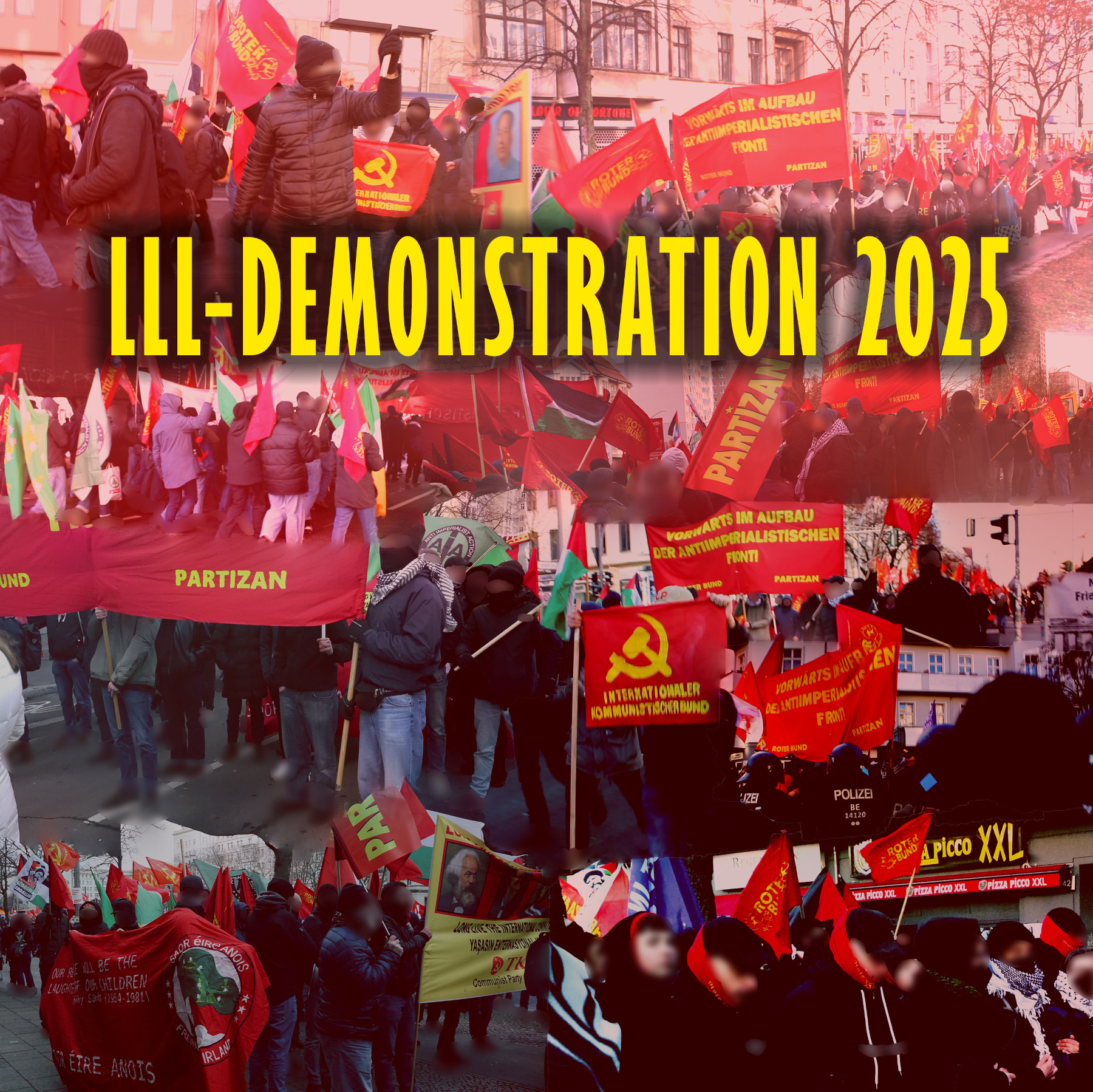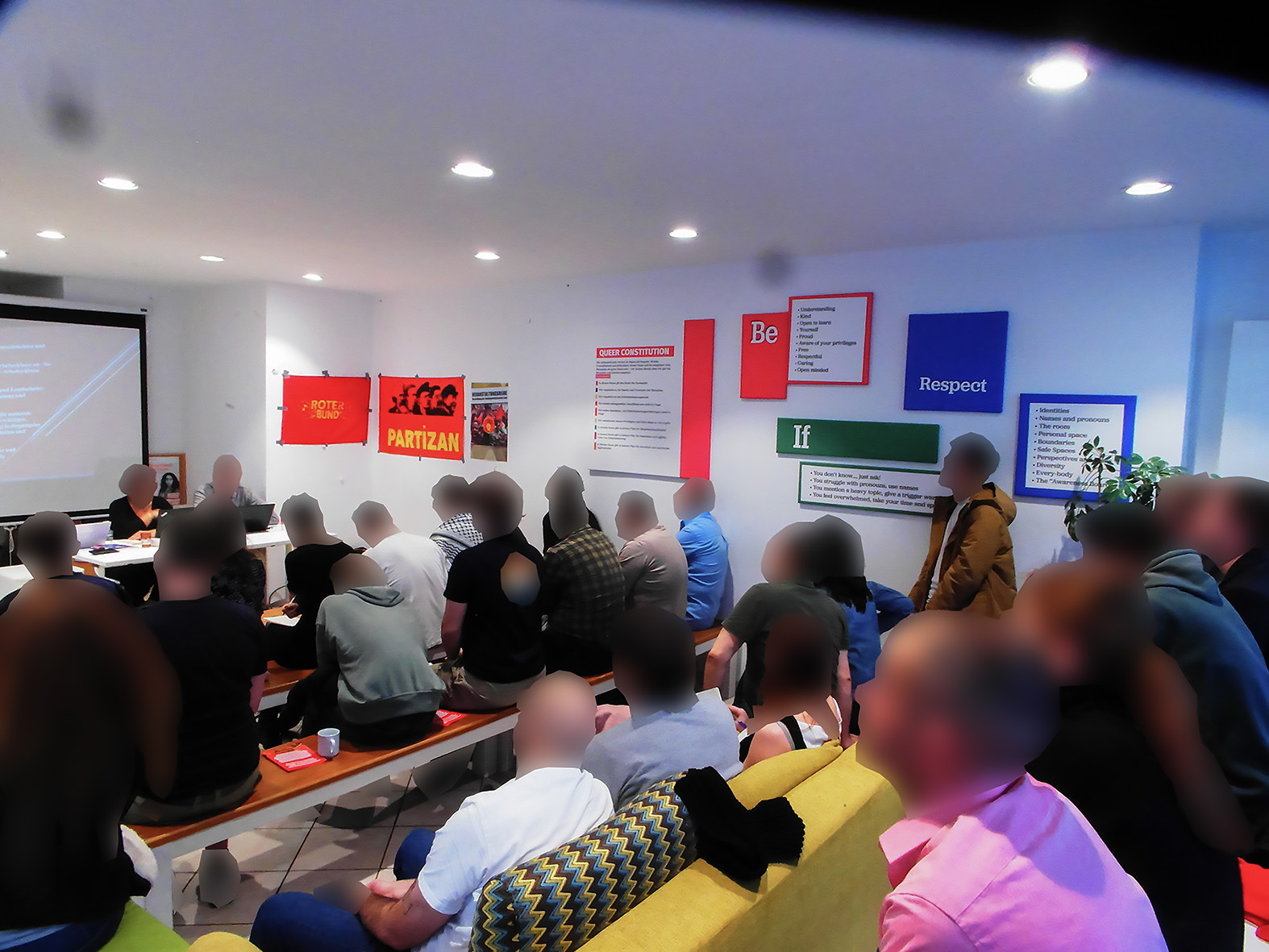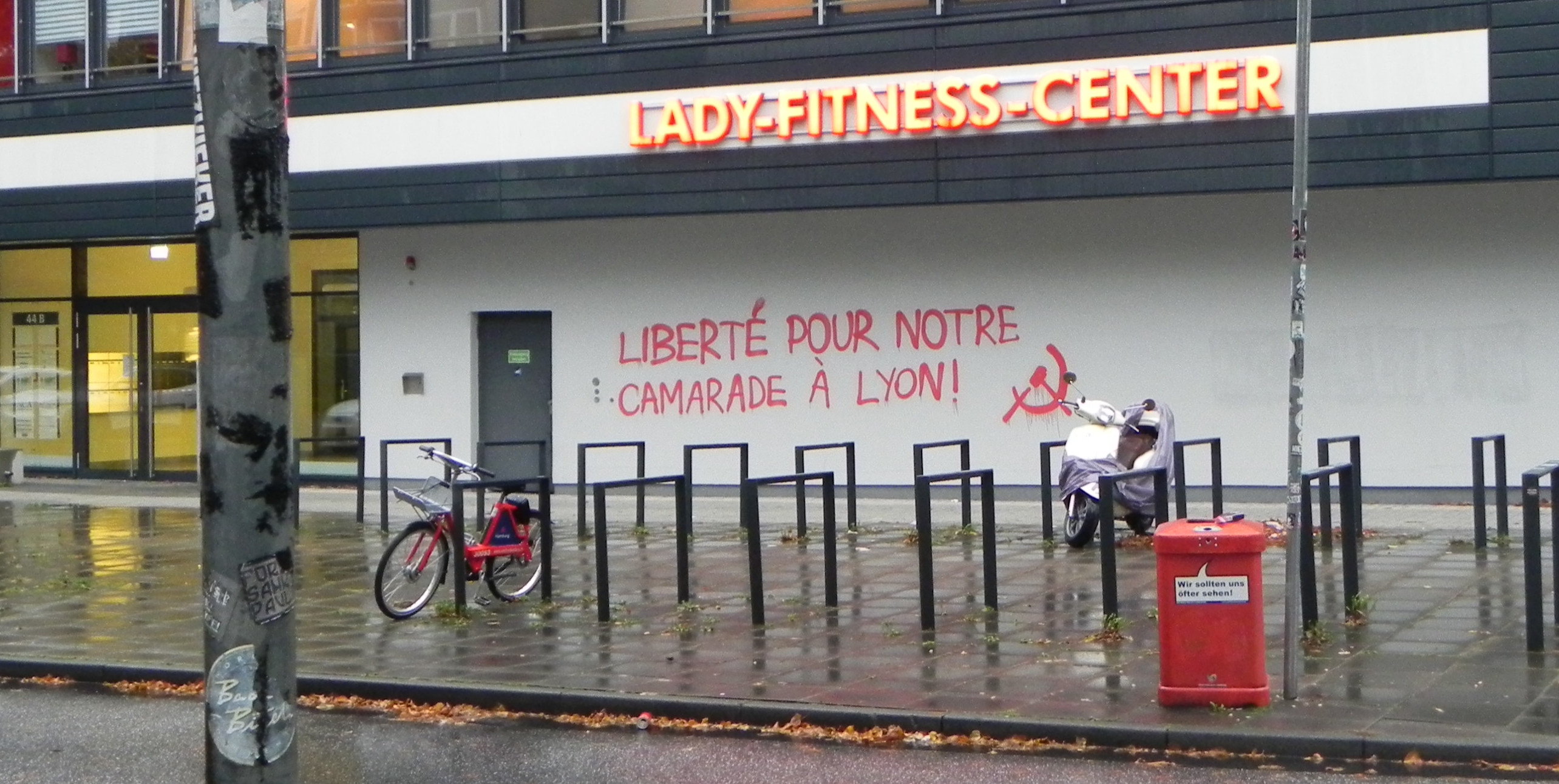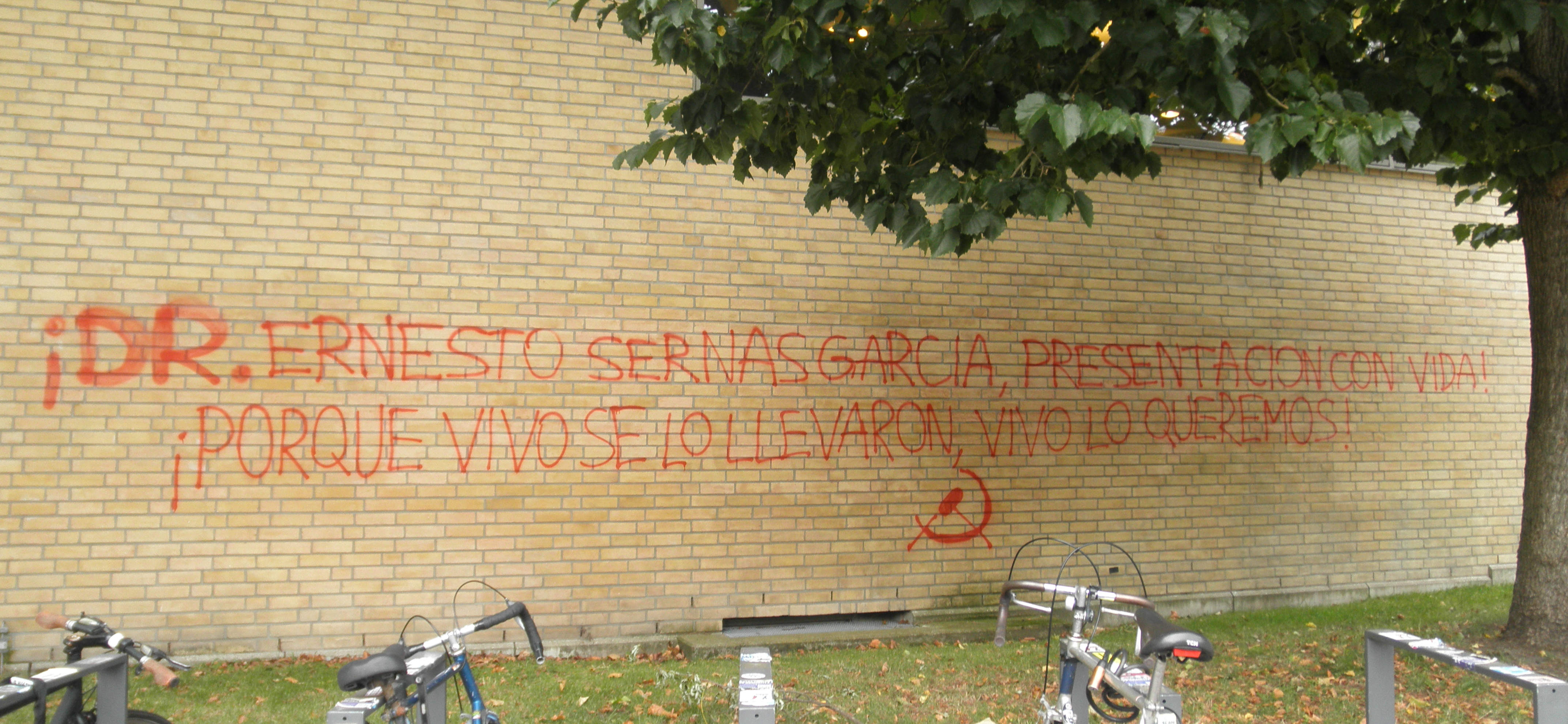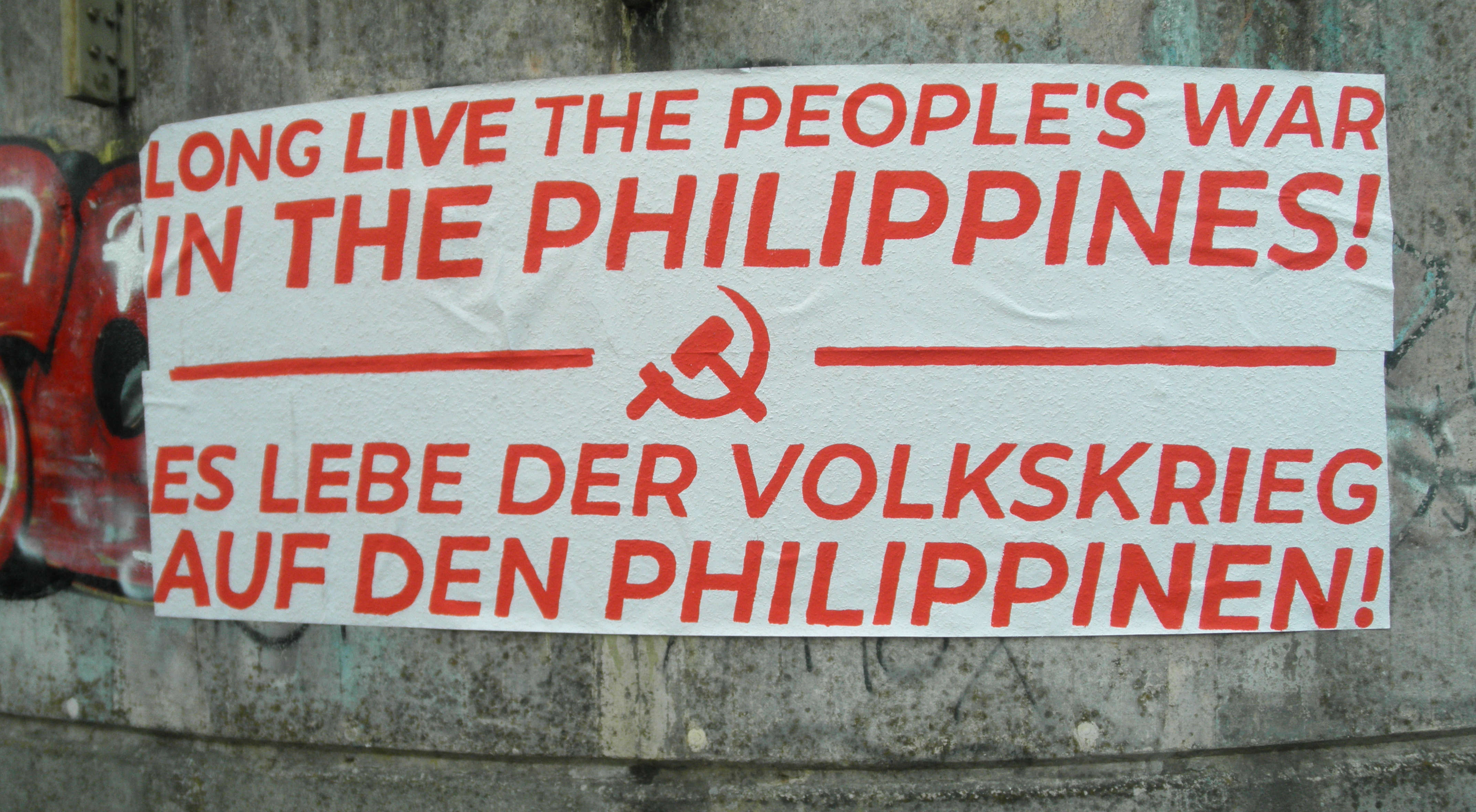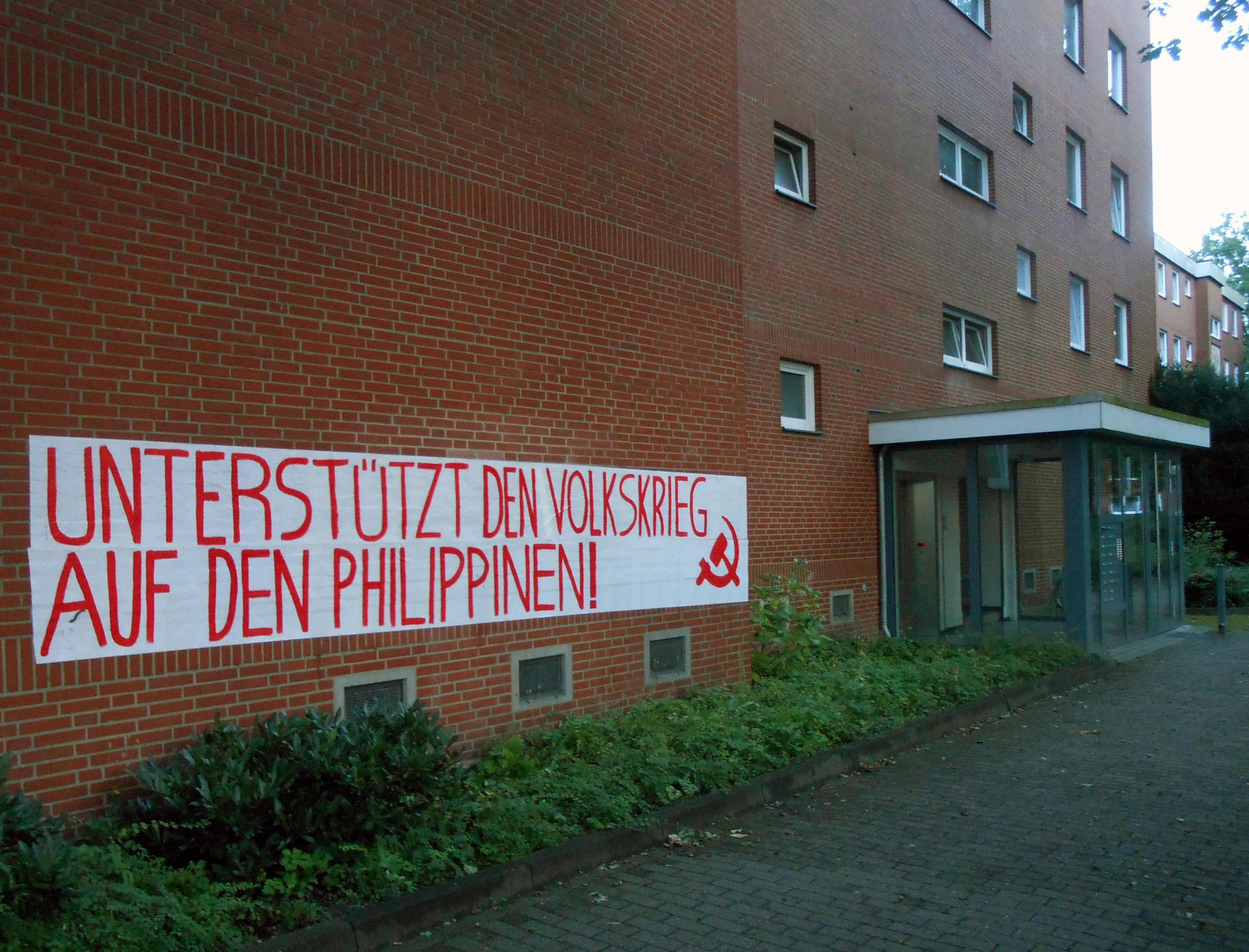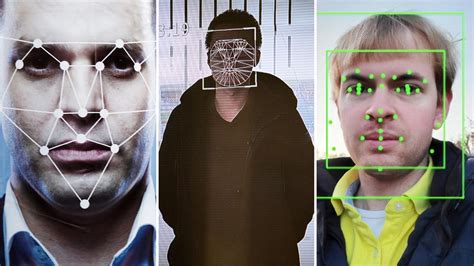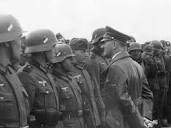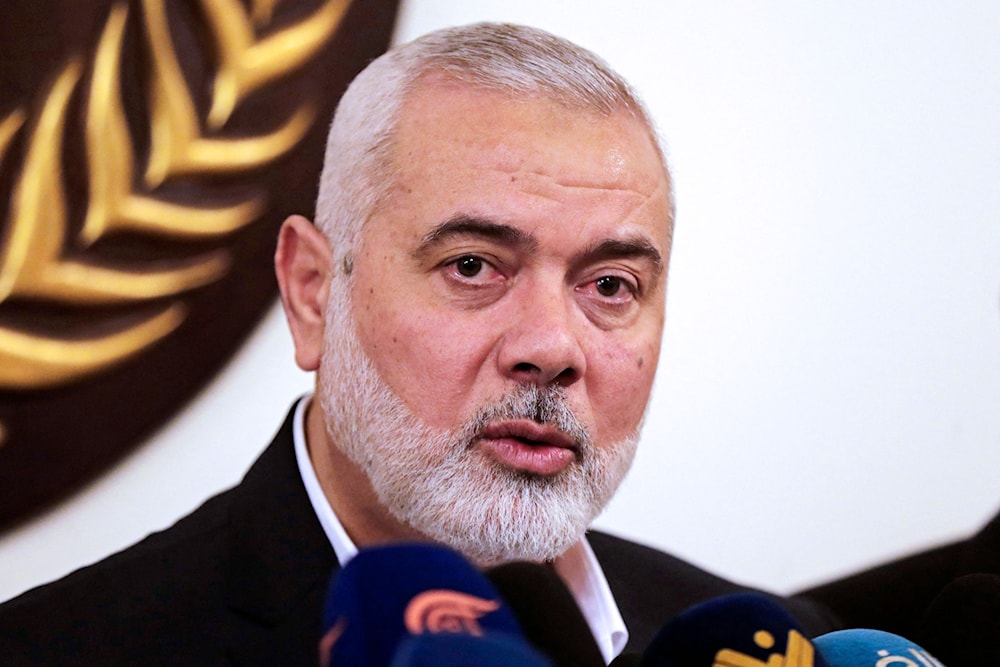Now the Potsdam Garrison Church is also being renovated - Germany is doing everything it can to rehabilitate its Prussian history. To this end, after the Berlin Palace, the Potsdam Garrison Church is now also being reconstructed.
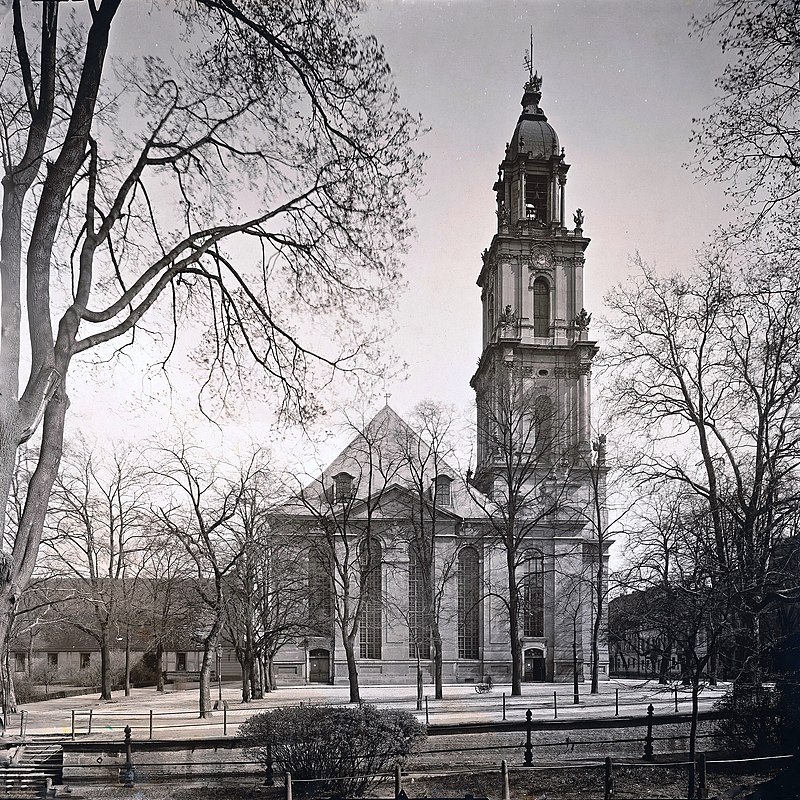
The Garrison Church in 1920
The church is remembered today mainly as the setting for the "Day of Potsdam".On this March 21, Reich President Hindenburg symbolically received Adolf Hitler as Reich Chancellor, thus assuring him of the full support of the German bourgeoisie and its conservative to monarchist lackeys. The day and place thus became a symbol of the complete transfer of power to the NSDAP. Accordingly, it was easy for the SED to blow up the military church, which had been damaged in World War II, in 1968.
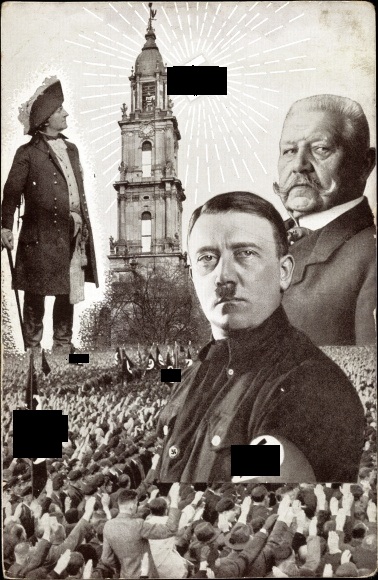
Postcard from 1933
The church was built in the 18th century at the behest of Prussian King Friedrich Wilhelm I, who also had himself buried in it. It was always closely associated with Prussian militarism and was decorated with trophies captured in wars. The garrison church was "an expression of an alliance of throne and altar." It was there that the rifles were blessed that were turned against republican France or Silesian weavers. No wonder that during the Weimar Republic it became a place of pilgrimage for all kinds of reactionary junk that mourned the monarchy, such as Stahlhelm or the Alldeutscher Verband.
The church was built in the 18th century at the behest of Prussian King Frederick William I, who also had himself buried in it. It was always closely associated with Prussian militarism and was decorated with trophies captured in wars. The garrison church was "an expression of an alliance of throne and altar understood in war terms." It was there that the rifles were blessed that were turned against republican France or Silesian weavers.That is why it became a place of pilgrimage in the Weimar Republic for all kinds of reactionary junk that mourned the monarchy, such as Stahlhelm or the All-German Association.

Reactonary supporters of the reconstruction
The story of the church's reconstruction is just as interesting. As early as 1984, the right-wing lieutenant colonel of the German armed forces, Max Klaar, founded an association that campaigned for this. Immediately after the annexation of the GDR, he promoted his project at the state party conference of the CDU in 1990. In the end, Klaar was probably a bit too revanchist to act as a figurehead for the project and was forced out in 2005. The reconstruction itself, however, was pushed through and financed with donations and state money. Today's public circle of supporters reads like a who's who of the ruling class: church dignitaries and Daimler board members, retired prime ministers and German military officers. This shows, despite all protestations to the contrary, where the journey is headed. By normalizing its aggressive past, German imperialism seeks to legitimize its increasingly aggressive future. This new building has nothing to do with the protection of historical monuments.
Against any Prussian romanticism! For a culture of the working class!

